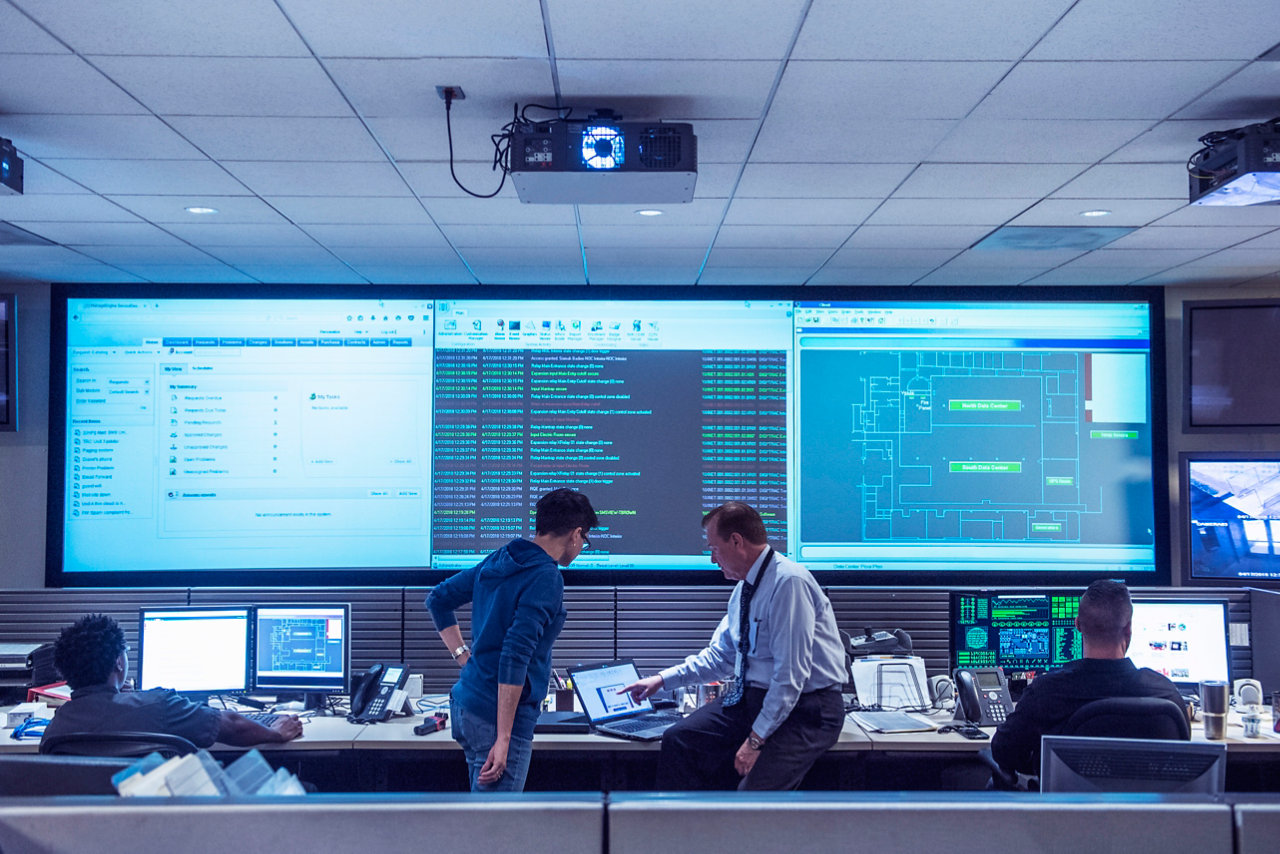Overview
Adopting new collaboration technology presents a challenge for some organisations, leaving many employees confused. But success is dependent on people accepting and changing their behaviour. That can be more challenging when you’re trying to encourage your people to use the in-room technology – something they haven’t been used to while working remotely.
To achieve a successful uptake of the new technologies, our customer needed a user adoption programme that would drive the behaviour changes needed. That’s where we came in.
The challenge
Organisations need digital workplace transformation now more than ever, so their people can collaborate from anywhere. But with around 80% of deployments failing to deliver the expected business value and the added difficulties of getting employees to come into the office to use the new technology, this is a new type of challenge.
The customer wanted to migrate to a new video infrastructure. They had a mixture of various legacy end points and wanted a new single-vendor platform under a BT managed service. This would enable video end points to seamlessly integrate with Microsoft Teams and provide a better user experience. They also needed a new way to book and schedule video meetings, as their existing service was slow and outdated.
When migrating to a new infrastructure, there needs to be a behaviour change. It’s therefore key that we drive usage through awareness, education, and coaching to bridge the gap in user experience.
It was essential to the customer to build a video culture as part of their major digital transformation, which had already seen the launch of Office 365, Microsoft Teams Enterprise Voice, and providing all employees with new laptops.
The BT user adoption team provided amazing support… our adoption lead was proactive and driven to deliver results. She worked to provide clear communication, support plans, and materials in a highly nebulous space. In addition to adding great business value, the team worked as collaborative partners and were a pleasure to work with.
The solution
It takes the right experience and knowledge to position change successfully. We started with our discovery and planning stages to understand how to drive the change that the customer wanted.
Our team worked alongside our Technical Solution Architect and Service Delivery Manager to understand the solution and the impact from the experts who designed it. We needed to identify the behaviour change required, based on what technology is available and what users are doing now.
It’s equally as important to understand the agreed support model in place. Who would support the end-users if they experience issues in the meeting rooms? This needed to be promoted to the users.
Driving awareness and creating excitement was critical, especially as the use of meeting rooms was one of the key drivers behind why people would return to the office.
Fit-for-purpose meeting rooms
Our dedicated adoption specialist provided advice on positioning the benefits of the new rooms and what channels to use to promote the message internally – ensuring it covered the common question: are they fit-for-purpose rooms for the new hybrid meetings? The specialist built tailored launch emails which were sent company-wide with compelling messages on what’s new, the next steps, and best practices.
Start guides for meeting room apps and devices
Education on the new service was crucial to enriching our support. We provided quick start guides on using the meetings app integrated with rooms and support on the various in-room devices. We needed to ensure we covered all devices, and that the right device guides were in the right rooms.
Access to always-updated support content
Based on our experience and expertise, we also provided frequently asked questions, which were ideal for end-users and the end-user support team. Quick and easy access to this user support content was key so we made it accessible using QR codes in the meeting rooms.
To ensure continuous learning, we recommended how to keep assets updated so they reflected any changes to the video user interface. We provided source files to enable them to make these updates.
The result
The migration to the new video infrastructure, the introduction of new devices and a booking system was successfully achieved with minimal disruption. Our adoption specialist received positive feedback from the leading professional services company, and all assets were set up and ready to use when employees returned to the office.
Today, the organisation is working with us to drive an even more embedded video culture as more of their people return to the office and face-to-face meetings.
We’ve become their trusted partner and main provider of cloud collaboration tools. Our user adoption teams continue to support this customer to help them develop a truly unified communications experience for their users.


